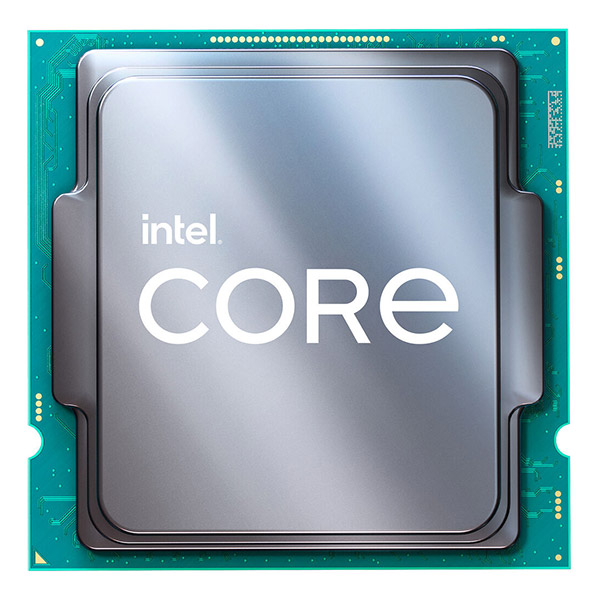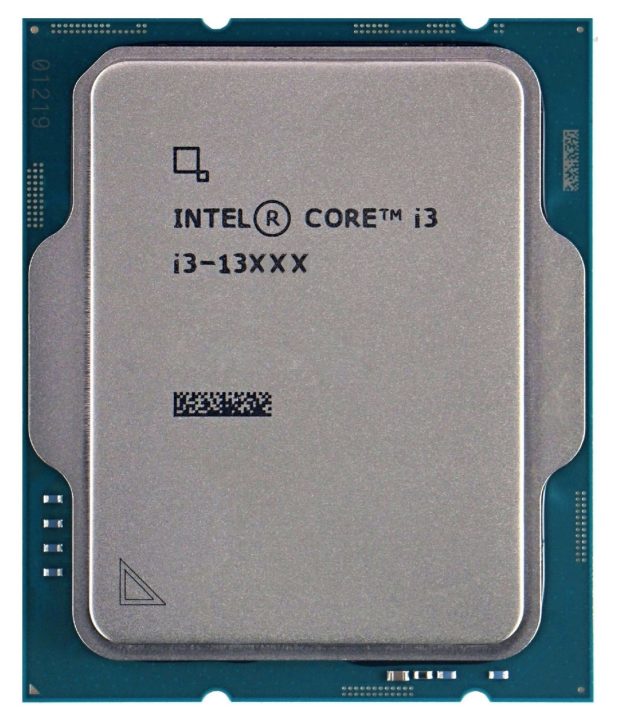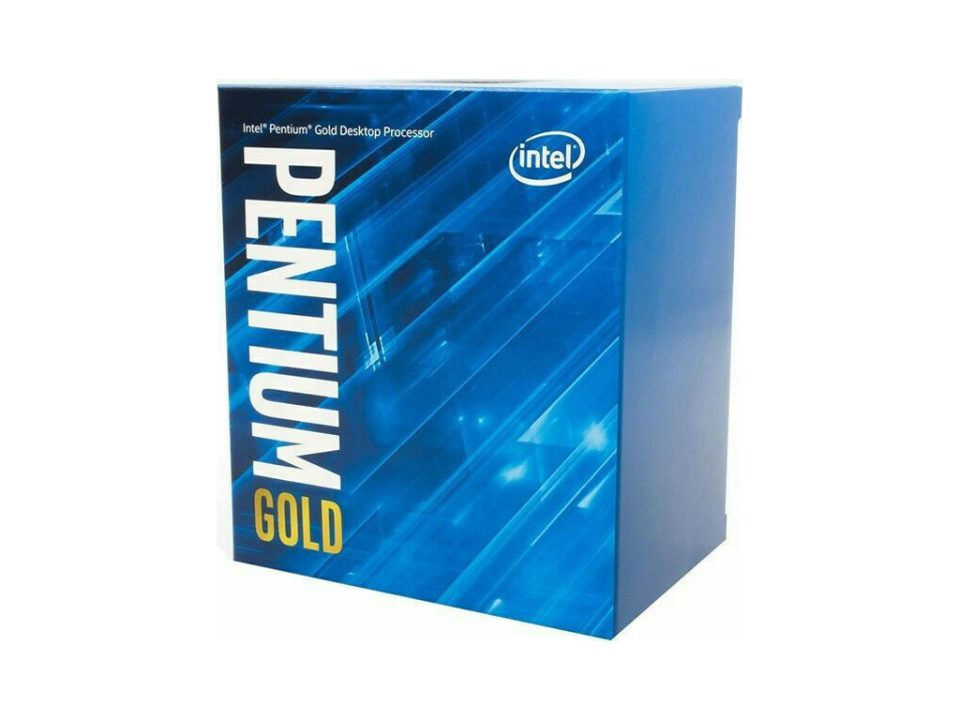Breaking Down the Specs: A Closer Look at the AMD Ryzen 5 3600 3.6GHz Processor
The AMD Ryzen 5 3600 is a mid-range processor from the company’s Ryzen lineup, which has been making waves in the CPU market in recent years. As a part of the Ryzen 3000 series, the Ryzen 5 3600 offers a compelling balance of performance, power efficiency, and value, making it a popular choice for both gaming and productivity-focused builds.
The significance of the Ryzen 5 3600 in the CPU market lies in its ability to deliver impressive performance at a relatively affordable price point. It is aimed at users who are looking to build a well-rounded system without breaking the bank, whether they are gamers, content creators, or general-purpose PC users. The Ryzen 5 3600 has carved out a niche for itself as a highly capable processor that can handle a wide range of tasks, from gaming to multi-threaded workloads, making it a versatile choice for a variety of user scenarios.
The Ryzen 5 3600’s success can be attributed to AMD’s continued efforts to challenge Intel’s dominance in the CPU market. By leveraging its Zen 2 microarchitecture, the Ryzen 5 3600 offers a significant performance boost over previous Ryzen generations, while maintaining a competitive price point. This has allowed AMD to capture a larger share of the mid-range and enthusiast-level CPU market, providing consumers with more choice and competition in the processor landscape.
Key Takeaways
- The AMD Ryzen 5 3600 is a powerful processor with a 3.6GHz clock speed.
- The Zen 2 microarchitecture provides significant improvements in performance and power efficiency.
- With 6 cores, 12 threads, and impressive clock speeds, the Ryzen 5 3600 delivers strong single-threaded and multi-threaded performance.
- The processor has a thermal design power (TDP) of 65W, making it an efficient choice for power-conscious users.
- The Ryzen 5 3600 offers strong memory support and overclocking capabilities, making it a versatile option for enthusiasts.
Architectural Overview: Zen 2 Microarchitecture
The AMD Ryzen 5 3600 is built upon the company’s Zen 2 microarchitecture, which represents a significant advancement over the previous Zen and Zen+ architectures. The Zen 2 microarchitecture introduces several key improvements that contribute to the Ryzen 5 3600’s impressive performance and power efficiency.
One of the primary advancements in the Zen 2 microarchitecture is the improvement in instructions per clock (IPC). By optimizing the execution units, branch prediction, and memory subsystem, AMD has been able to achieve a notable increase in IPC compared to the previous Zen and Zen+ architectures. This translates to better performance in single-threaded workloads, such as gaming, where IPC is a critical factor.
In addition to the IPC improvements, the Zen 2 microarchitecture also boasts enhanced power efficiency. Through the use of a 7nm manufacturing process, the Ryzen 5 3600 is able to deliver more performance per watt, resulting in lower power consumption and reduced heat generation. This improved power efficiency not only benefits the processor itself but also contributes to the overall system’s energy efficiency, making the Ryzen 5 3600 an attractive choice for users who prioritize power-conscious builds.
Furthermore, the Zen 2 microarchitecture introduces several other architectural enhancements, such as improved branch prediction, a larger L3 cache, and better memory latency management. These improvements work together to deliver a significant boost in overall system performance, allowing the Ryzen 5 3600 to compete effectively with Intel’s offerings in the mid-range CPU market.
Processor Specifications: Cores, Threads, and Clock Speeds
The AMD Ryzen 5 3600 is a 6-core, 12-thread processor, which is a common configuration for mid-range CPUs. This configuration allows the Ryzen 5 3600 to handle a wide range of workloads, from gaming to multi-threaded productivity tasks, with relative ease.
The Ryzen 5 3600 has a base clock speed of 3.6GHz and a maximum boost clock speed of 4.2GHz. This combination of core count, thread count, and clock speeds provides a solid foundation for the processor’s performance, making it well-suited for both single-threaded and multi-threaded applications.
When compared to other Ryzen and Intel processors in the same price range, the Ryzen 5 3600 holds its own quite well. For example, the Intel Core i5-10400F, a direct competitor, offers 6 cores and 12 threads, with a base clock speed of 2.9GHz and a boost clock speed of 4.3GHz. While the Intel processor has a slightly higher boost clock, the Ryzen 5 3600 generally outperforms it in multi-threaded workloads due to its more efficient Zen 2 microarchitecture.
Furthermore, the Ryzen 5 3600 is also a compelling option when compared to higher-end Ryzen processors, such as the Ryzen 5 5600
While the Ryzen 5 5600X offers slightly better single-threaded performance, the Ryzen 5 3600 provides excellent value for the money, making it a popular choice for budget-conscious builders who still want a capable and well-rounded processor.
Performance Benchmarks: Single-Threaded and Multi-Threaded
| Specs | Details |
|---|---|
| Processor Type | AMD Ryzen 5 3600 |
| Base Clock Speed | 3.6 GHz |
| Max Boost Clock | 4.2 GHz |
| Cores/Threads | 6/12 |
| Cache | 35MB |
| Socket | AM4 |
| Memory Support | DDR4-3200 |
| TDP | 65W |
When it comes to single-threaded performance, the AMD Ryzen 5 3600 delivers impressive results. In gaming benchmarks, the Ryzen 5 3600 is able to keep pace with more expensive processors, often matching or even surpassing the performance of Intel’s high-end offerings. This is largely due to the improvements in IPC and clock speeds brought about by the Zen 2 microarchitecture.
In lightly-threaded applications, such as older games or legacy software, the Ryzen 5 3600 shines, providing a smooth and responsive user experience. The processor’s ability to maintain high clock speeds in single-threaded workloads ensures that it can handle these tasks with ease, making it a great choice for gamers and users who prioritize snappy application performance.
However, the Ryzen 5 3600’s true strength lies in its multi-threaded performance. In heavily-threaded workloads, such as video editing, 3D rendering, and content creation, the Ryzen 5 3600 showcases its prowess. The 6 cores and 12 threads allow the processor to tackle these tasks with impressive efficiency, often outperforming Intel’s offerings in the same price range.
Benchmarks have consistently shown that the Ryzen 5 3600 is a capable multi-threaded performer, delivering excellent results in productivity and content creation applications. This makes the Ryzen 5 3600 an attractive option for users who require a balance of gaming performance and multi-threaded workload capabilities, without the need to invest in a more expensive high-end processor.
Thermal Design Power (TDP) and Power Efficiency
The AMD Ryzen 5 3600 has a Thermal Design Power (TDP) of 65 watts, which is a relatively low figure for a mid-range processor. This TDP rating indicates the maximum amount of power the processor can draw under sustained load, and it also serves as a guideline for the cooling requirements of the system.
The Ryzen 5 3600’s low TDP is a testament to AMD’s efforts in improving the power efficiency of its Zen 2 microarchitecture. By leveraging the 7nm manufacturing process, the Ryzen 5 3600 is able to deliver impressive performance while consuming less power compared to previous Ryzen generations and Intel’s competing processors.
This power efficiency translates to several benefits for users. Firstly, it means that the Ryzen 5 3600 can be cooled effectively with a relatively modest CPU cooler, reducing the overall system cost and complexity. Many Ryzen 5 3600 systems can even utilize the included Wraith Stealth CPU cooler, which is a compact and relatively quiet solution.
Secondly, the Ryzen 5 3600’s power efficiency contributes to lower system power consumption and heat generation. This is particularly beneficial for users who prioritize energy-efficient builds, as it can lead to reduced electricity bills and a more comfortable computing environment, especially in systems without dedicated graphics cards.
Furthermore, the Ryzen 5 3600’s power efficiency allows for more flexibility in system design and component selection. With a lower power draw, users can potentially opt for smaller form factor cases, less robust power supplies, and more compact cooling solutions, all while maintaining excellent overall system performance.
Memory Support and Overclocking Capabilities
The AMD Ryzen 5 3600 supports DDR4 memory, with official support for up to 3200MHz memory speeds. However, the processor is capable of handling even faster memory configurations, with many users reporting stable operation at 3600MHz or higher, depending on the specific memory modules and motherboard used.
The Ryzen 5 3600’s memory support is an important consideration, as memory performance can have a significant impact on overall system performance, especially in memory-sensitive applications and games. By supporting high-speed DDR4 memory, the Ryzen 5 3600 can take advantage of the increased bandwidth and reduced latency to deliver better performance across a wide range of workloads.
In terms of overclocking capabilities, the Ryzen 5 3600 offers a decent amount of headroom for enthusiasts who want to push the processor’s performance even further. While the Ryzen 5 3600 is not considered a highly overclockable processor, many users have been able to achieve stable overclocks of around 4.2GHz to 4.4GHz on the all-core boost clock, depending on the quality of the individual CPU and the cooling solution used.
Overclocking the Ryzen 5 3600’s memory can also yield significant performance gains, as the processor’s Infinity Fabric (IF) clock is directly tied to the memory clock. By tuning the memory timings and pushing the memory speeds higher, users can unlock additional performance improvements, especially in memory-sensitive applications and games.
It’s worth noting that the overclocking potential of the Ryzen 5 3600 can vary from chip to chip, and users should carefully consider the trade-offs between performance gains and increased power consumption, heat generation, and system stability when pursuing overclocking. Nonetheless, the Ryzen 5 3600 offers a decent amount of overclocking headroom for those who are willing to tinker and optimize their systems.
Integrated Graphics and Multimedia Features
The AMD Ryzen 5 3600 does not feature any integrated graphics capabilities, as it is a CPU-only processor. This means that users who opt for the Ryzen 5 3600 will need to pair it with a dedicated graphics card to enable any form of graphical output or gaming performance.
While the lack of integrated graphics may be a drawback for some users, it is important to note that the Ryzen 5 3600 is primarily targeted at users who are building more performance-oriented systems, where a dedicated graphics card is typically the preferred choice.
For users who require basic graphics capabilities, such as video playback, light gaming, or simple productivity tasks, the Ryzen 5 3600 may not be the most suitable option. In such cases, users may want to consider alternative Ryzen processors that do feature integrated graphics, such as the Ryzen 5 3400G or the Ryzen 5 5600G.
However, for users who are building a dedicated gaming or high-performance system, the lack of integrated graphics in the Ryzen 5 3600 is not a significant concern. These users will typically be pairing the processor with a dedicated graphics card, which will provide the necessary graphics processing power for their workloads.
In terms of multimedia features, the Ryzen 5 3600 does not offer any specific hardware-accelerated media encoding or decoding capabilities. Users who require these features may need to rely on software-based solutions or consider alternative processors that offer more advanced multimedia support.
Overall, the Ryzen 5 3600 is primarily focused on delivering excellent CPU performance for gaming, productivity, and content creation tasks, rather than providing integrated graphics or multimedia-specific features. Users who require these additional capabilities may need to look at other Ryzen or Intel processor options that better suit their specific needs.
Compatibility and Motherboard Considerations
The AMD Ryzen 5 3600 is compatible with a range of AMD motherboard chipsets, including the X470, B550, and X570 chipsets. This wide compatibility allows users to choose from a variety of motherboard options to build their Ryzen 5 3600-based systems.
When selecting a motherboard for the Ryzen 5 3600, it is important to consider several factors. Firstly, the motherboard chipset can have a significant impact on the processor’s performance and features. For example, the X570 chipset offers the most comprehensive feature set, including support for PCIe 4.0, advanced overclocking capabilities, and enhanced power delivery.
On the other hand, the B550 and X470 chipsets may offer a more cost-effective solution for users who do not require the full suite of features provided by the X570 chipset. These chipsets still provide excellent compatibility and performance for the Ryzen 5 3600, making them a viable option for budget-conscious builds.
Another important consideration is the motherboard’s VRM (Voltage Regulator Module) design. The VRM is responsible for delivering stable and clean power to the processor, and a well-designed VRM can be crucial for overclocking or running the Ryzen 5 3600 at its full potential. Users should research and select a motherboard with a robust VRM design, especially if they plan to overclock the processor or run it under heavy loads.
Additionally, users should consider the motherboard’s expansion capabilities, such as the number and type of PCIe slots, SATA ports, and M.2 slots. These features can impact the overall system configuration and the ability to add additional components, such as graphics cards, storage drives, and high-speed networking devices.
By carefully selecting the right motherboard for the Ryzen 5 3600, users can ensure that their system is well-equipped to handle the processor’s performance and features, while also providing the necessary flexibility for future upgrades and customization.
Is the Ryzen 5 3600 a Worthy Upgrade?
In conclusion, the AMD Ryzen 5 3600 is a highly capable mid-range processor that offers an excellent balance of performance, power efficiency, and value. Its Zen 2 microarchitecture delivers impressive improvements in instructions per clock, power efficiency, and overall system performance, making it a compelling choice for a wide range of users.
The Ryzen 5 3600’s 6 cores and 12 threads provide a solid foundation for both gaming and productivity workloads, allowing it to compete effectively with Intel’s offerings in the same price range. Its single-threaded performance is also noteworthy, ensuring a smooth and responsive experience in lightly-threaded applications and games.
The processor’s low 65-watt TDP and improved power efficiency further enhance its appeal, as they contribute to lower system power consumption, reduced heat generation, and more flexibility in system design and cooling solutions. The Ryzen 5 3600’s memory support and overclocking capabilities also provide users with opportunities to fine-tune their systems for even better performance.
While the Ryzen 5 3600 does not feature integrated graphics, this is not a significant drawback for users who are building dedicated gaming or high-performance systems, as they will typically pair the processor with a dedicated graphics card. However, users who require basic graphics capabilities may need to consider alternative Ryzen processors with integrated graphics.
Overall, the AMD Ryzen 5 3600 is a worthy upgrade or new build option for users who are looking to build a well-rounded, high-performance system without breaking the bank. Its combination of impressive performance, power efficiency, and value proposition make it a standout choice in the mid-range CPU market, and it is sure to continue to be a popular option for a wide range of users.
FAQs
What is the AMD Ryzen 5 3600 3.6GHz Processor?
The AMD Ryzen 5 3600 3.6GHz Processor is a high-performance CPU designed for gaming, content creation, and multitasking. It is part of AMD’s third-generation Ryzen series and is built on the 7nm Zen 2 architecture.
What are the key specifications of the AMD Ryzen 5 3600 3.6GHz Processor?
The AMD Ryzen 5 3600 3.6GHz Processor features 6 cores and 12 threads, a base clock speed of 3.6GHz, and a max boost clock speed of 4.2GHz. It has a total cache of 35MB, a TDP of 65W, and supports PCIe 4.0.
What socket does the AMD Ryzen 5 3600 3.6GHz Processor use?
The AMD Ryzen 5 3600 3.6GHz Processor uses the AM4 socket, making it compatible with a wide range of motherboards, including those from the B450, X470, and X570 chipsets.
What kind of cooling does the AMD Ryzen 5 3600 3.6GHz Processor require?
The AMD Ryzen 5 3600 3.6GHz Processor comes with a Wraith Stealth cooler in the box, which is sufficient for normal operation. However, for overclocking or heavy workloads, a more robust aftermarket cooler may be recommended.
What are the performance benchmarks for the AMD Ryzen 5 3600 3.6GHz Processor?
The AMD Ryzen 5 3600 3.6GHz Processor offers excellent performance in gaming, content creation, and multitasking. It has been praised for its strong single-threaded performance and competitive multi-threaded performance compared to its Intel counterparts.






